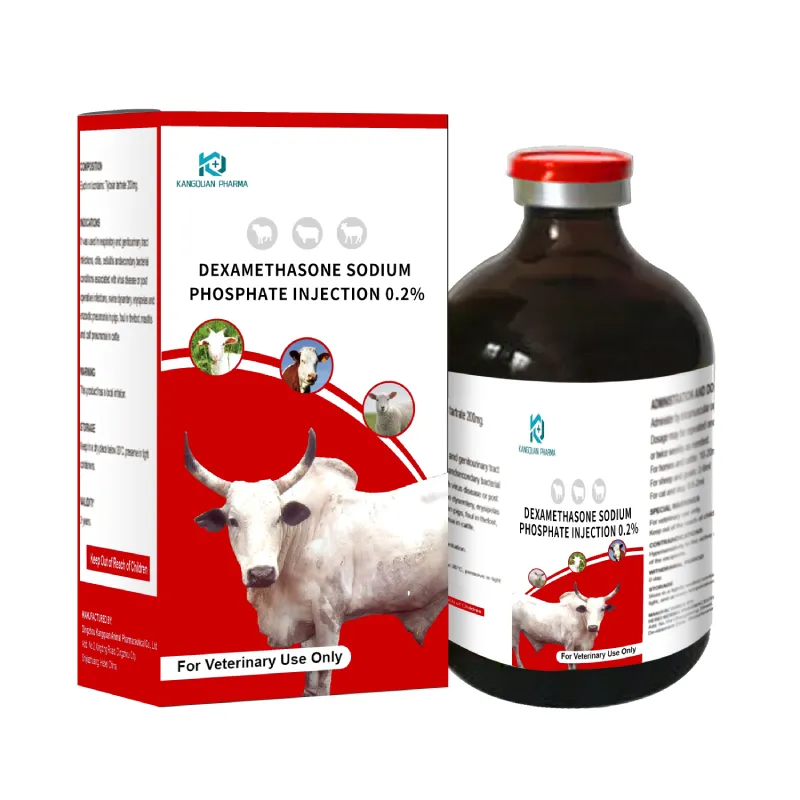- Afrikaans
- Albanian
- Amharic
- Arabic
- Armenian
- Azerbaijani
- Basque
- Belarusian
- Bengali
- Bosnian
- Bulgarian
- Catalan
- Cebuano
- Corsican
- Croatian
- Czech
- Danish
- Dutch
- English
- Esperanto
- Estonian
- Finnish
- French
- Frisian
- Galician
- Georgian
- German
- Greek
- Gujarati
- Haitian Creole
- hausa
- hawaiian
- Hebrew
- Hindi
- Miao
- Hungarian
- Icelandic
- igbo
- Indonesian
- irish
- Italian
- Japanese
- Javanese
- Kannada
- kazakh
- Khmer
- Rwandese
- Korean
- Kurdish
- Kyrgyz
- Lao
- Latin
- Latvian
- Lithuanian
- Luxembourgish
- Macedonian
- Malgashi
- Malay
- Malayalam
- Maltese
- Maori
- Marathi
- Mongolian
- Myanmar
- Nepali
- Norwegian
- Norwegian
- Occitan
- Pashto
- Persian
- Polish
- Portuguese
- Punjabi
- Romanian
- Russian
- Samoan
- Scottish Gaelic
- Serbian
- Sesotho
- Shona
- Sindhi
- Sinhala
- Slovak
- Slovenian
- Somali
- Spanish
- Sundanese
- Swahili
- Swedish
- Tagalog
- Tajik
- Tamil
- Tatar
- Telugu
- Thai
- Turkish
- Turkmen
- Ukrainian
- Urdu
- Uighur
- Uzbek
- Vietnamese
- Welsh
- Bantu
- Yiddish
- Yoruba
- Zulu
Jul . 26, 2024 04:14 Back to list
Understanding the Challenges and Solutions for Addressing Antimicrobial Drug Resistance in Modern Medicine
Antimicrobial Drug Resistance A Growing Global Threat
Antimicrobial drug resistance (AMR) is one of the most pressing public health challenges of our time. This phenomenon occurs when microorganisms, such as bacteria, viruses, fungi, and parasites, evolve to resist the effects of medications that once effectively treated infections. As a result, common illnesses become harder to treat, leading to increased medical costs, prolonged hospital stays, and higher mortality rates. The emergence and spread of drug-resistant pathogens pose significant risks to global health and require urgent attention and action.
Antimicrobial Drug Resistance A Growing Global Threat
One of the most alarming aspects of AMR is the threat it poses to modern medicine. Surgical procedures, cancer treatments, and organ transplants all rely on effective antibiotics to prevent and treat infections. The World Health Organization (WHO) has identified several antibiotic-resistant bacteria, such as Methicillin-resistant Staphylococcus aureus (MRSA) and multidrug-resistant Mycobacterium tuberculosis, that pose significant threats to public health. Without effective antibiotics, the success of these life-saving procedures is jeopardized, leading to higher risks of complications and mortality.
antimicrobial drug resistance pdf

The impact of AMR extends beyond individual health outcomes; it has significant socio-economic implications as well. The increased burden of treating resistant infections often translates to longer hospital stays, the need for more expensive medications, and additional diagnostic testing. This can lead to economic strain on healthcare systems and potentially push them beyond their limits. Furthermore, the loss of productivity due to illness can have cascading effects on families and communities, exacerbating poverty and inequality.
Addressing the challenge of AMR requires a multi-faceted approach. Education and awareness are crucial in promoting responsible use of antibiotics among healthcare providers, patients, and the agricultural sector. Public health campaigns highlighting the dangers of antibiotic misuse can help foster a culture of stewardship regarding antimicrobial medications. Additionally, improving infection prevention and control measures in healthcare settings is vital to reduce the spread of resistant pathogens.
Moreover, investment in research and development is essential to discover new antimicrobial agents and alternative therapies. The pharmaceutical industry needs incentives to invest in the development of new antibiotics, as the current economic model often fails to make it financially viable. Governments should consider policies that encourage innovation while ensuring access to essential medications for all populations.
In conclusion, antimicrobial drug resistance is a complex and urgent global issue that requires immediate and collective action. By adopting responsible antibiotic practices, enhancing public awareness, and investing in research, we can combat AMR and preserve the effectiveness of existing antimicrobials for future generations. Only through a unified effort can we hope to mitigate the impact of AMR and protect public health worldwide.
-
Guide to Oxytetracycline Injection
NewsMar.27,2025
-
Guide to Colistin Sulphate
NewsMar.27,2025
-
Gentamicin Sulfate: Uses, Price, And Key Information
NewsMar.27,2025
-
Enrofloxacin Injection: Uses, Price, And Supplier Information
NewsMar.27,2025
-
Dexamethasone Sodium Phosphate Injection: Uses, Price, And Key Information
NewsMar.27,2025
-
Albendazole Tablet: Uses, Dosage, Cost, And Key Information
NewsMar.27,2025













